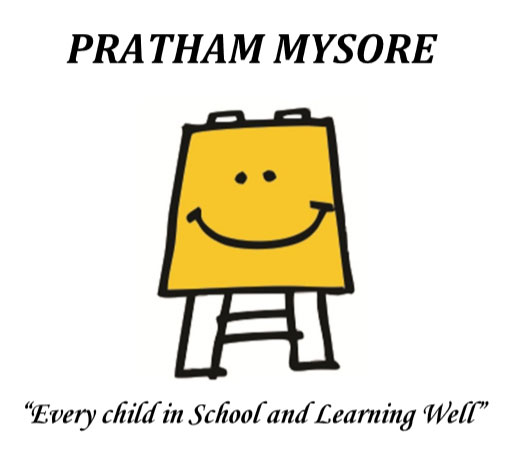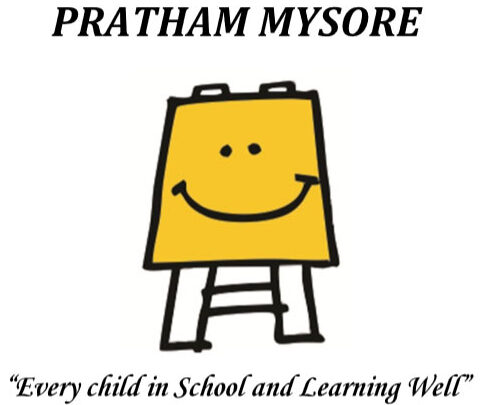What
The Hybrid Learning program is a tablet based digital intervention for children. In its current form, it is used by community-based groups of children in one urban locations in Banglore District Anekal Block. The program encourages learners to navigate their own learning pathways. Groups of children are given access to high quality content in local language and local context, made available offline on tablets, without requiring the mediation of schools or teachers. The aim of the program is to make learning fun, interesting and useful. In 2018-19, the program is currently active in 15 villages. And it is likely to be scaled up to 45 villages in the same location.
Why
A growing body of evidence points to the fact that there is enormous variation in learning levels within each grade or age group in India, with the majority of children several years below where the curriculum expects them to be. Yet because the Indian education system focuses on completing the prescribed syllabus during the academic year, it falls far short of addressing needs of individual learners. In particular, the focus on syllabus completion leads to a superficial study of the key concepts that form the foundation on which meaningful learning is constructed.
Online resources can supplement school-based instruction, but children in rural areas are disadvantaged by severely limited access to computers and smartphones. Although the government has attempted to leverage information technology in the field of education, most digital initiatives are school based and largely dependent on the skills and motivation of teachers for implementation.
How
In intervention villages, all children in the village from Grades 5 to 8 form groups based on their proximity to each other’s homes. Each group comprises 5-7 children from different socioeconomic backgrounds and learning levels. Two groups share a tablet. The program operates on a trust-based model where parents or older siblings are the guardians of the tablet – giving them a sense of responsibility and ownership.
The program aims to integrate technology with activity-oriented learning. The Pratham app, installed on every tablet, provides an interface for the learners with which they can browse Pratham’s learning resources. Math, Science and English language learning resources are provided in the form of videos, texts, games and simulations. The content is deployed in phases with children receiving a fresh batch of resources every three months. This sustains the children’s interest and gives them enough time to assimilate previously learnt information. Tracking and logging of children’s behavior and scores is enabled to analyze the content being watched, group scores, time being spent on each resource etc.
Each group of children sits together at an agreed-upon time after school hours. They are free to explore whatever content they wish to explore. The content uses simple language which can be easily understood by children. Children are encouraged to be curious, and approach elder siblings, members of the community and teachers with their doubts. Pratham staff visit groups every week, talk to parents and encourage children to use the tablet by facilitating rather than by direct teaching.
Follow up activities such as English, Math and Science camps – focusing hands-on learning, guided viewing and mind-mapping sessions are conducted.

